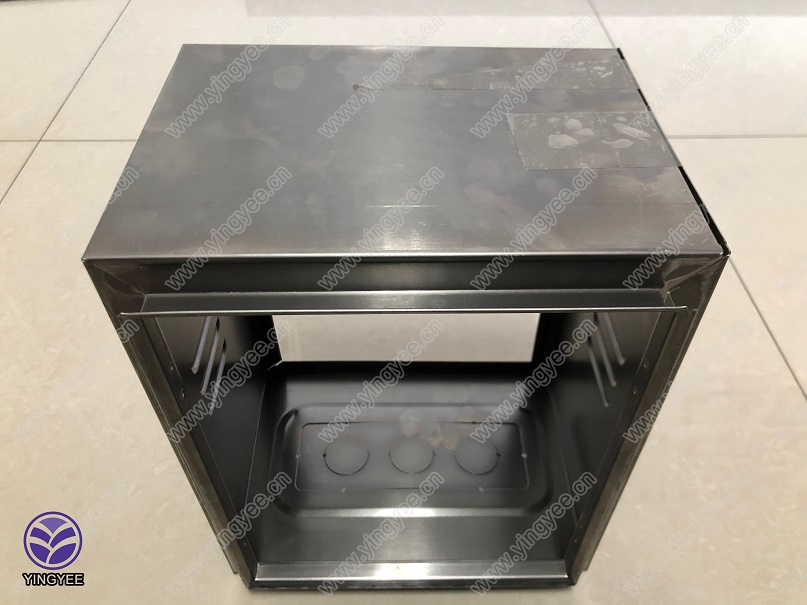
Understanding Stud and Track Roll Forming Machines A Comprehensive Overview
In the modern construction and manufacturing sectors, the efficiency of production processes is paramount. One of the key innovations that has significantly enhanced the production of structural components is the stud and track roll forming machine. These specialized machines are designed to create metal components with high precision, which are essential for various applications ranging from wall framing in residential buildings to structural support in commercial projects.
What is a Stud and Track Roll Forming Machine?
A stud and track roll forming machine is a type of equipment used to shape metal strips into specific profiles that are crucial for constructing walls, partitions, and ceilings. The process involves feeding flat metal sheets or coils into the machine, where they are shaped through a series of rollers. Each roller is engineered to bend the metal incrementally, resulting in the desired profile, which may include tracks (horizontal members) and studs (vertical members).
The primary advantage of using roll forming technology is its efficiency. Roll forming allows for continuous production, leading to reduced labor and material costs while increasing output. This is particularly beneficial in projects that require large quantities of identical components.
Key Components of the Machine
A typical stud and track roll forming machine consists of several essential parts
1. Feeding System This system is responsible for guiding the metal sheet or coil into the machine. It ensures that the material is fed at a consistent rate to maintain uniformity in the produced parts.
2. Rollers The most critical part of the machine is the set of rollers. Each roller has a specific function, gradually shaping the metal into the desired profile. The arrangement and design of these rollers determine the final shape and accuracy of the components.

3. Cut-off Mechanism After the metal has been formed into the stud or track profile, it needs to be cut to the required length. The cut-off mechanism ensures that each piece is cut with precision, allowing for easy assembly in construction applications.
4. Control System Modern roll forming machines are equipped with advanced control systems that allow for easy adjustments of the machine’s settings. This includes the speed of the rollers, the feed rate of the metal, and other parameters that affect the quality of the finished product.
Applications of Stud and Track Roll Forming Machines
The applications of stud and track roll forming machines are diverse and extensive. They are widely used in
- Residential Construction By producing metal studs and tracks, builders can create durable and lightweight wall structures. These components are essential in modern lightweight construction techniques, offering both strength and flexibility.
- Commercial Buildings In commercial projects, these machines allow for quick and efficient assembly of internal and external walls. Metal studs provide excellent fire resistance compared to traditional wooden framing, making them a preferred choice for many contractors.
- Modular Construction With the rise of modular construction, roll-formed studs and tracks are vital for creating pre-fabricated building units. This method reduces on-site construction time and enhances efficiency.
Conclusion
The stud and track roll forming machine is a crucial piece of technology that has revolutionized the construction industry. Its ability to produce high-quality, precise metal components efficiently has made it an essential tool for builders and manufacturers alike. As the demand for faster and more reliable construction methods continues to grow, the role of these machines will undoubtedly expand, contributing to the evolution of modern building practices. With ongoing advancements in technology, the future of roll forming holds great potential for further improving efficiency and product quality in the industry.